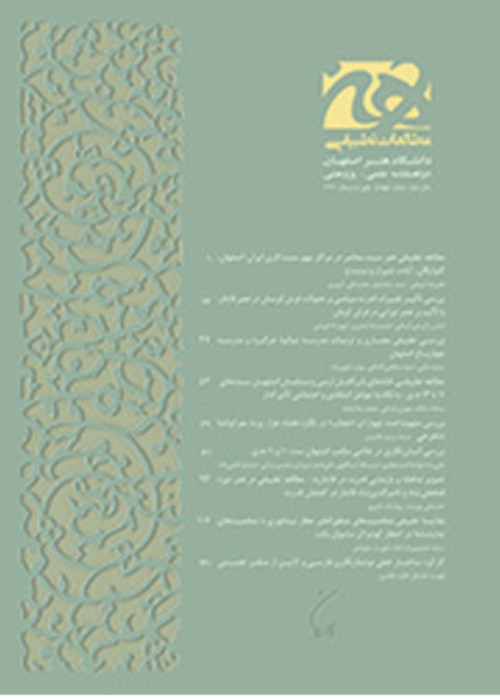Studying the Importance of Hunting Motif during the Early Qajar Period Based on Artistic Evidences
Abstract:
Hunting was one of the most important aspects of human life in ancient times; when human considered hunting as an aspect of his own subsistence strategy and his life was dependant on it. As time goes by, the importance of this subsistence aspect reduces; so that special places were considered as a hunting ground for entertainment. With the arrival of Islam in Iran, this process continued as in the past and culminated in Safavid and Qajar period. In Spite of abundant hunting motifs in Qajar era which imply the necessity of this subject and the importance of hunting in this period, there has been no comprehensive study regarding this issue, so the present article is the first attempt on this subject. Accordingly, it has been tried to study historical texts and archaeological evidences and identify the status of hunting and hunting grounds of Qajar period and its importance in the life of Qajar kings. It can be assumed that due to social and political conditions during Qajar period, hunting ground patterns and motifs were directly adopted from ancient times. One of the most important hunting ground motifs in ancient times which contributed in creation of hunting motifs of Qajar period is the hunting motif of boar and deer on both sides of the great arch of Taq-e Bustan attributed to Khosrow II, Sasanian king (628-590 A.D). In numerous works of art in this period manifested of hunting motifs is clearly visible, and in historical texts of Qajar period can be faced with numerous explanations in this field. Some of the artistic themes in this period that Qajarians borrowed from safavid period in creating hunting ground motifs are flowers and plants, and plants and trees in the background that seems they represent the actual hunting ground and also the dog image was affected by western art. However, the purposes of creating the mentioned motifs were different. Another point that can be seen in the study of hunting ground motifs in this period is that they are affected by reliefs and probably paintings, because we can see many common elements between them.
Keywords:
Language:
Persian
Published:
Journal of Motaleate-e Tatbighi-e Honar, Volume:6 Issue: 12, 2017
Pages:
71 to 86
magiran.com/p1664349
دانلود و مطالعه متن این مقاله با یکی از روشهای زیر امکان پذیر است:
اشتراک شخصی
با عضویت و پرداخت آنلاین حق اشتراک یکساله به مبلغ 1,390,000ريال میتوانید 70 عنوان مطلب دانلود کنید!
اشتراک سازمانی
به کتابخانه دانشگاه یا محل کار خود پیشنهاد کنید تا اشتراک سازمانی این پایگاه را برای دسترسی نامحدود همه کاربران به متن مطالب تهیه نمایند!
توجه!
- حق عضویت دریافتی صرف حمایت از نشریات عضو و نگهداری، تکمیل و توسعه مگیران میشود.
- پرداخت حق اشتراک و دانلود مقالات اجازه بازنشر آن در سایر رسانههای چاپی و دیجیتال را به کاربر نمیدهد.
دسترسی سراسری کاربران دانشگاه پیام نور!
اعضای هیئت علمی و دانشجویان دانشگاه پیام نور در سراسر کشور، در صورت ثبت نام با ایمیل دانشگاهی، تا پایان فروردین ماه 1403 به مقالات سایت دسترسی خواهند داشت!
In order to view content subscription is required
Personal subscription
Subscribe magiran.com for 70 € euros via PayPal and download 70 articles during a year.
Organization subscription
Please contact us to subscribe your university or library for unlimited access!


